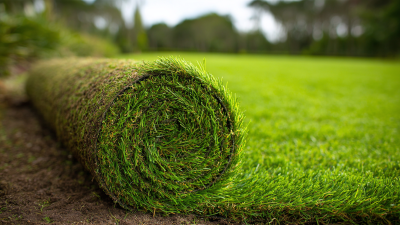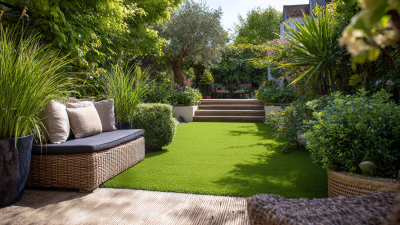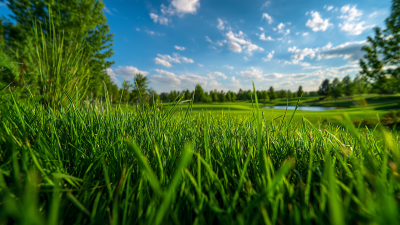As we move towards 2025, the landscape of turf grass innovation is undergoing a significant transformation driven by ecological consciousness and the pressing challenge of drought. Recent industry reports, such as the 2023 Turf Grass Market Analysis by Green Industry Research, indicate a shifting focus towards developing drought-resistant varieties that not only conserve water but also enhance soil health and biodiversity. The report highlights that by adopting these new strains, homeowners can reduce their water usage by up to 50%, contributing to greater sustainability in landscaping.
Leading experts in the field are echoing these sentiments. Dr. Emily Rodriguez, a prominent turf grass agronomist, states, "Adopting drought-resistant turf grass not only offers an eco-friendly solution for lawns but also significantly reduces maintenance costs for homeowners." Her insights reflect a growing understanding within the industry that sustainable lawn care practices are essential in an era of climate change and resource scarcity.
As we delve into the various innovations set to redefine turf grass in 2025, we will explore how these advancements can transform conventional lawns into resilient, eco-friendly spaces. With a commitment to sustainability, the future of turf grass is not only about aesthetics but also about cultivating a greener planet.
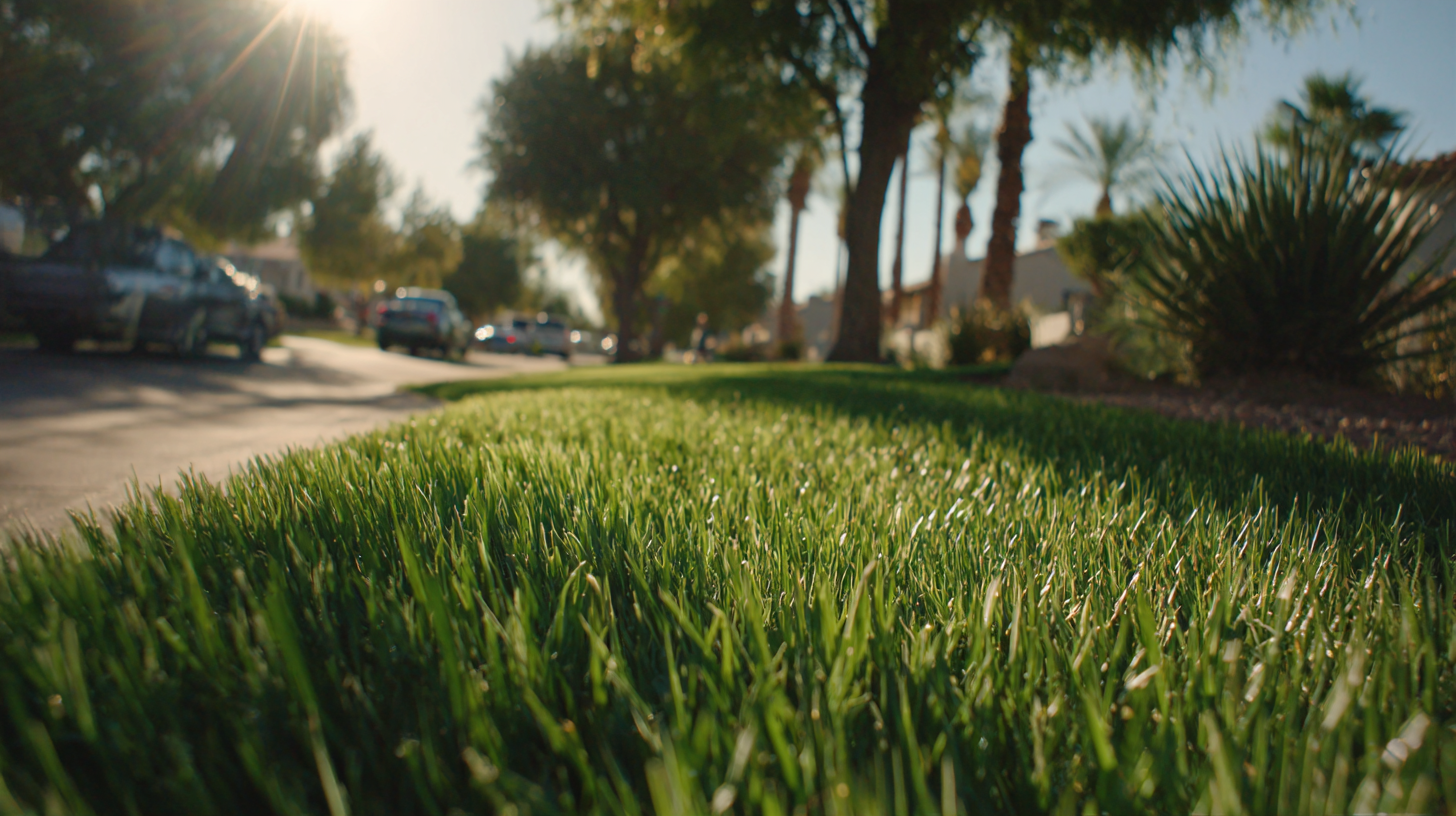
As the demand for sustainable landscaping grows, emerging drought-resistant grass varieties are revolutionizing the way we approach lawn care. These grasses are specifically engineered to thrive in low-water conditions, enabling homeowners to maintain lush, green lawns with significantly less irrigation. Varieties such as Zoysia and Bermuda grass not only adapt well to heat but also require minimal upkeep, making them ideal choices for eco-conscious gardeners.
Tips for selecting the right drought-resistant grass include considering your local climate and soil type. Always choose varieties that are well-suited for your specific region to ensure optimal growth. Additionally, implementing grass blends can provide resilience against pests and disease while enhancing the overall appearance of your lawn.
Incorporating eco-friendly solutions such as mulching, using organic fertilizers, and reducing mowing frequency can complement the benefits of these drought-resistant grasses. These practices not only promote a healthier lawn but also contribute to a more sustainable environment by conserving resources and reducing chemical runoff. Embracing these innovations will not only beautify your outdoor space but also help support the well-being of our planet.
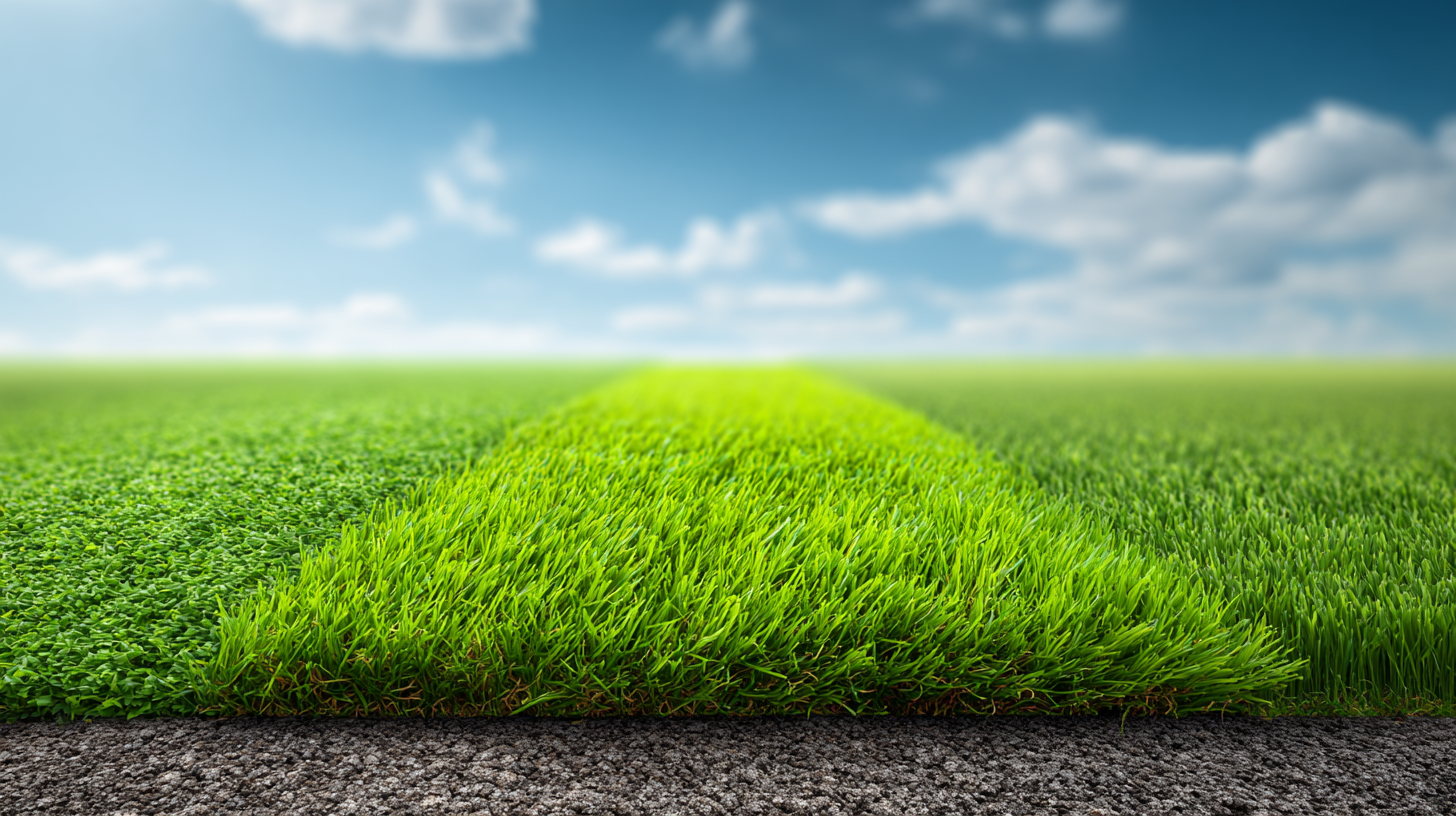
As we move towards 2025, the focus on eco-friendly solutions in lawn care is becoming more pronounced. With advancements in horticulture, innovative products are emerging that not only enhance the beauty of landscapes but also emphasize sustainability. For instance, a report by the National Turfgrass Federation indicates that using drought-resistant grass varieties can reduce water consumption by up to 50%, making them an ideal choice for eco-conscious homeowners. Additionally, organic fertilizers and natural pest control solutions are gaining traction, promoting healthier soil and reducing chemical runoff.
**Tip:** Incorporating native plants into your lawn can further increase biodiversity and require less maintenance. These plants are adapted to the local climate and soil, ensuring they thrive with minimal water and care.
Moreover, companies are now investing in eco-friendly lawn care equipment. Electric mowers and solar-powered garden tools are not only efficient but also significantly lower greenhouse gas emissions. According to a study by the Environmental Protection Agency, transitioning to electric lawn care equipment can reduce emissions by up to 90% compared to conventional gasoline-powered tools.
**Tip:** Regular maintenance practices, such as composting grass clippings and mulching, can improve soil health and minimize waste, thus contributing to a more sustainable lawn care approach.
| Innovation | Type | Drought Resistance Rating | Eco-Friendly Feature | User Rating (out of 5) |
|---|---|---|---|---|
| SmartSeed Grass | Seed Blend | 5 | Low Water Usage | 4.8 |
| EcoLoam Fertilizer | Organic Fertilizer | N/A | 100% Organic | 4.7 |
| AquaSmart Turf | Grass Type | 4 | Drought Tolerance Technology | 4.5 |
| GreenGuard Mulch | Organic Mulch | N/A | Biodegradable | 4.6 |
| SoilSaver Mixture | Grass Seed | 5 | Improves Soil Health | 4.9 |
Native grasses play a crucial role in water conservation and enhancing climate resilience, making them a focal point of innovation in turf grass development. These grasses, adapted to local environmental conditions, require significantly less water than traditional lawn varieties. By incorporating native species into landscaping, homeowners can reduce irrigation needs, helping to conserve precious water resources. This is particularly important in regions experiencing increasing drought conditions, where every drop counts.
Moreover, native grasses contribute to biodiversity and ecosystem health. They provide habitats for local wildlife and support pollinator populations, essential for maintaining ecological balance. As awareness grows about the importance of sustainable landscaping, native grasses represent a green solution that not only conserves water but also fosters a thriving local ecosystem. The use of these climate-resilient species is a transformative step towards building landscapes that are both beautiful and sustainable, ensuring that we harness the benefits of nature while adapting to the challenges posed by climate change.
As the world faces increasing challenges related to water scarcity and climate change, the turf grass industry is embracing technological innovations that enhance maintenance and irrigation practices. Recent reports from the American Society of Landscape Architects highlight that using advanced irrigation systems can reduce water consumption by up to 50%. Smart irrigation controllers, which utilize weather data and soil moisture sensors, allow homeowners and landscapers to optimize watering schedules, ensuring that lawns receive the right amount of water at the right times.
Moreover, the development of drought-resistant grass varieties is a game changer for sustainable landscaping. Research conducted by the Turfgrass Water Conservation Alliance demonstrates that these innovative grasses, such as Kentucky bluegrass and zoysia, can thrive on significantly less water—up to 30% less compared to traditional varieties. This shift not only conserves precious water resources but also reduces the carbon footprint associated with lawn maintenance.
Collectively, these technological advances not only support environmental sustainability but also provide homeowners with practical solutions for maintaining lush, green lawns in an increasingly water-conscious world.
As environmental concerns grow, landscape design trends are shifting towards low-maintenance, drought-tolerant solutions. Homeowners and landscape architects alike are increasingly seeking innovative turf grass varieties that require less water and care, making them ideal for sustainable landscapes. These drought-resistant grasses not only thrive in arid conditions but also reduce the need for chemical fertilizers and pesticides, aligning with eco-friendly landscaping philosophies.
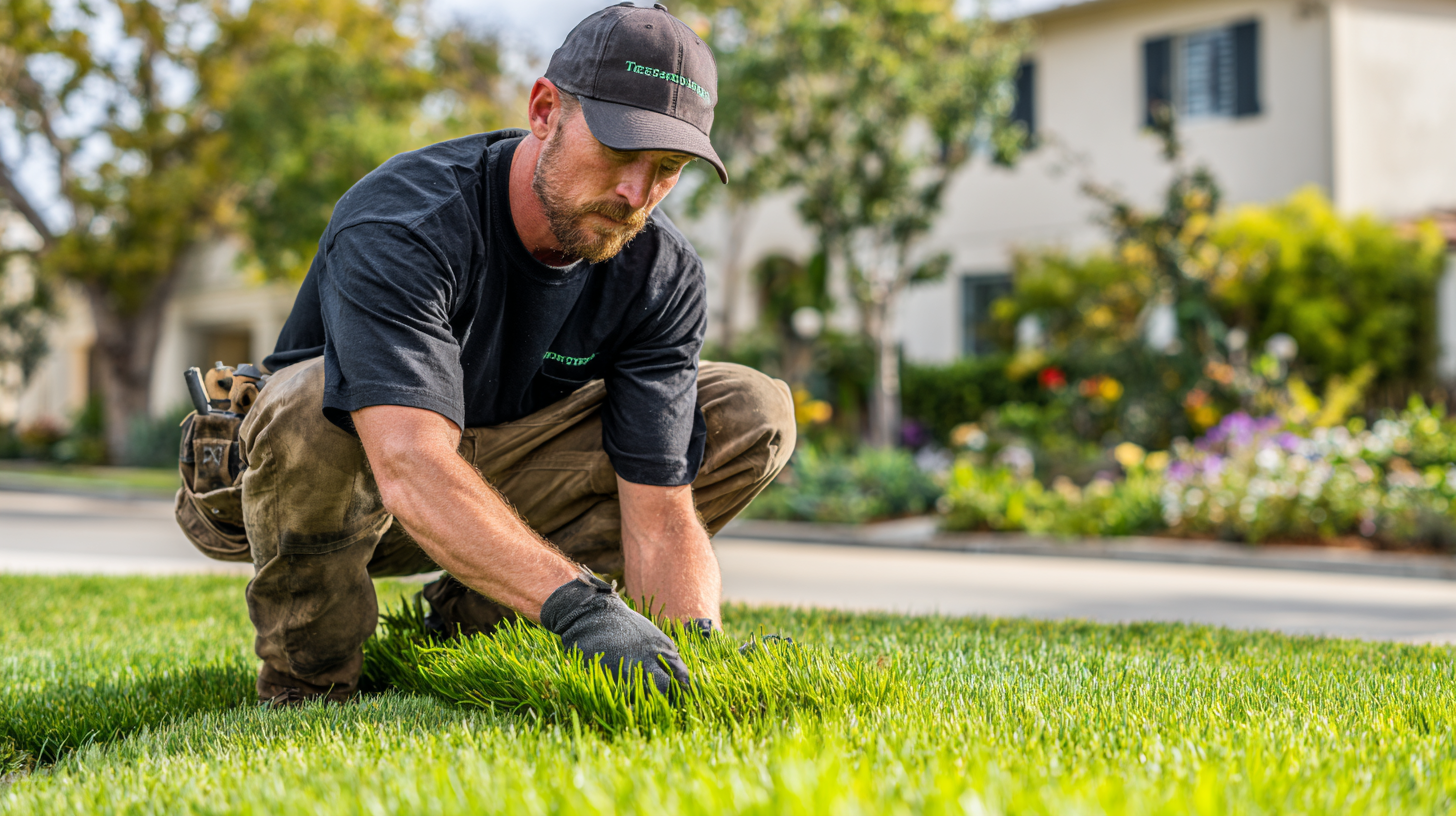
In addition to beneficial grass varieties, landscape design is embracing a holistic approach that includes xeriscaping techniques. By incorporating native plants and utilizing materials that reduce water runoff, designers create vibrant ecosystems that benefit both aesthetics and the environment. This trend reflects a growing awareness of resource conservation, encouraging individuals to create beautiful outdoor spaces without compromising sustainability. As we move toward 2025, the emphasis on these eco-conscious choices will undoubtedly reshape how we perceive and maintain our lawns.
